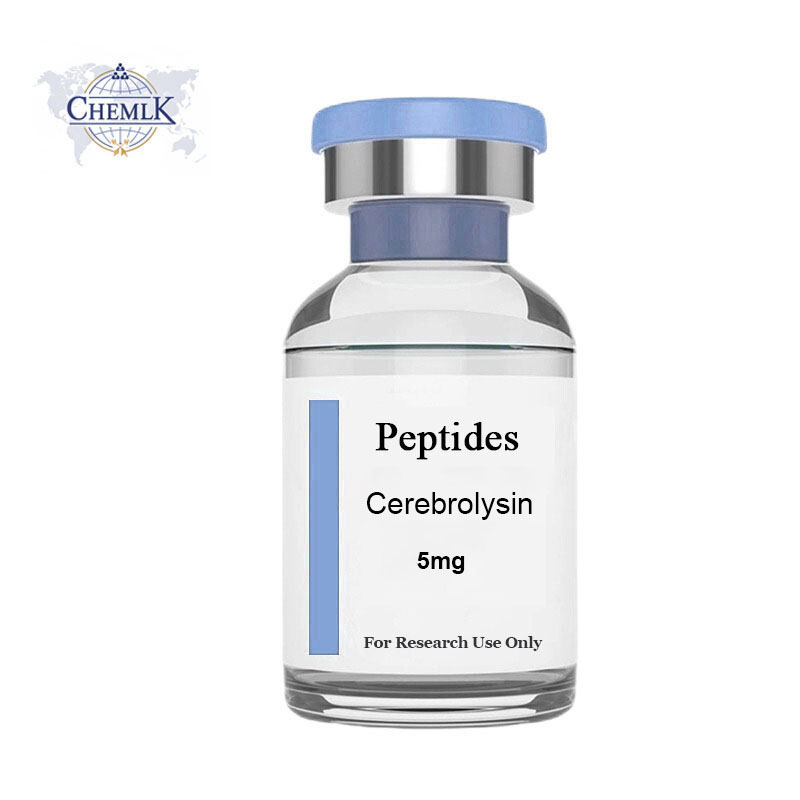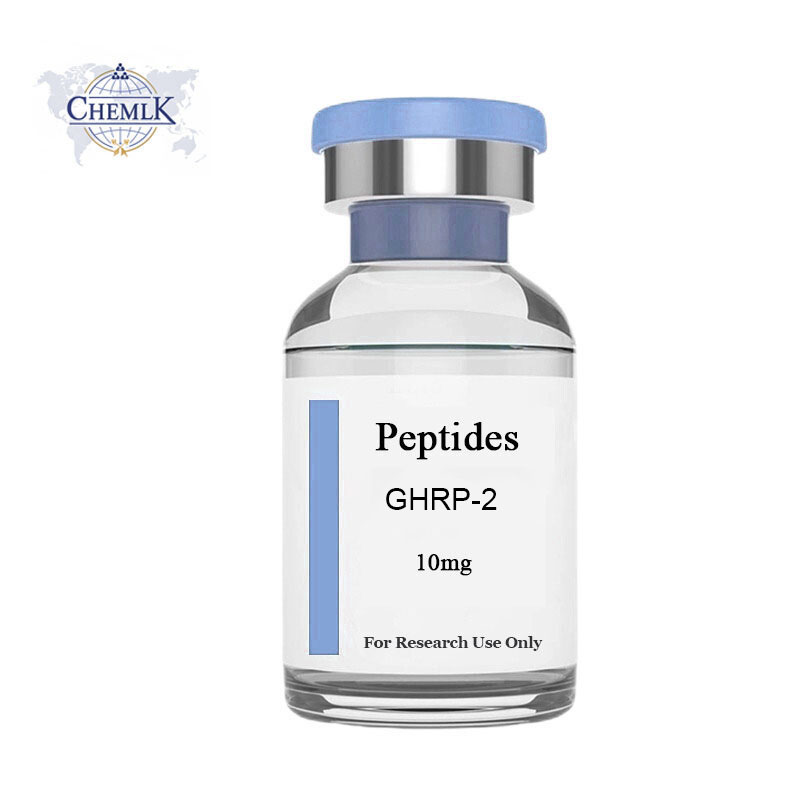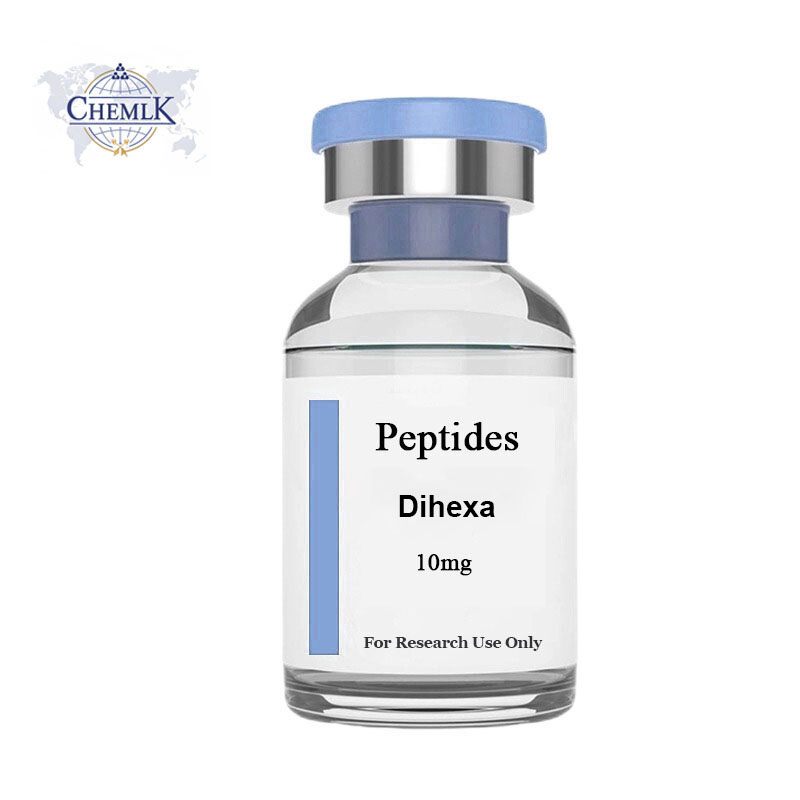The Applications of Peptides|Cerebrolysin and Its Benefits
Home The Applications of Peptides|Cerebrolysin and Its BenefitsIntroduction to Peptides and Cerebrolysin
Peptides play a crucial role in modern medicine, offering promising therapeutic benefits for a variety of neurological conditions. One such peptide-based treatment is Cerebrolysin, a neuropeptide preparation derived from pig brain proteins. It is widely used for its neuroprotective and neurotrophic properties, making it an effective therapy for neurodegenerative diseases, cognitive decline, stroke recovery, and traumatic brain injuries (TBI).
Cerebrolysin contains short-chain peptides and free amino acids, which can cross the blood-brain barrier (BBB) and directly influence brain function. Unlike conventional nootropics, it works by stimulating nerve growth, promoting brain plasticity, and preventing neuronal damage.
This article explores Cerebrolysin’s mechanism of action, medical applications, benefits, and future potential in treating various neurological disorders.
Mechanism of Action of Cerebrolysin
Cerebrolysin is unique among peptides because of its multi-modal mechanism of action. It works by mimicking natural neurotrophic factors, supporting brain function through several key pathways.
Key Mechanisms of Cerebrolysin:
- Neurotrophic Regulation – Enhances the production of nerve growth factors (NGFs), including brain-derived neurotrophic factor (BDNF), which supports neuronal survival and growth.
- Neuroprotection – Reduces oxidative stress, inflammation, and excitotoxicity, which can cause neuronal damage in stroke, Alzheimer’s, and TBI.
- Neuroplasticity Enhancement – Stimulates synaptic growth and repair, improving cognitive function and learning ability.
- Metabolic Optimization – Enhances glucose metabolism and mitochondrial function, ensuring optimal energy supply to neurons.
By supporting cellular repair, synaptic connectivity, and neuronal survival, Cerebrolysin provides comprehensive support for brain health and function.
Medical Applications of Cerebrolysin
1. Treatment of Alzheimer’s Disease and Dementia
Cerebrolysin has been extensively studied for its role in treating Alzheimer’s disease (AD) and other dementias. Since neurodegeneration and amyloid plaque accumulation are hallmarks of AD, treatments that promote neuronal survival and function are crucial.
How Cerebrolysin Helps in Alzheimer’s Disease:
- Increases BDNF and NGF levels, promoting neuron survival.
- Reduces amyloid-beta plaque formation, slowing disease progression.
- Enhances synaptic plasticity, improving memory and cognition.
- Protects against oxidative stress, reducing inflammation in the brain.
Clinical Studies:
Several studies have demonstrated that Cerebrolysin improves cognitive function and daily living abilities in Alzheimer’s patients, especially in early and moderate stages of the disease.
2. Stroke Recovery and Brain Injury Rehabilitation
One of the most promising applications of Cerebrolysin is in stroke recovery and traumatic brain injury (TBI) rehabilitation. Brain injuries often lead to permanent neuronal loss and cognitive impairment, making neuroprotective therapies highly valuable.
How Cerebrolysin Aids in Stroke Recovery:
- Reduces brain inflammation and oxidative stress.
- Enhances neurogenesis (new neuron formation) in damaged areas.
- Improves blood flow and oxygenation, accelerating tissue repair.
- Promotes motor and cognitive recovery, aiding rehabilitation efforts.
Clinical Evidence:
Studies have shown that Cerebrolysin significantly enhances post-stroke recovery when administered early, leading to better motor function, speech recovery, and cognitive improvements.
3. Cognitive Enhancement and Nootropic Applications
Due to its ability to enhance brain metabolism and synaptic plasticity, Cerebrolysin is often used off-label as a cognitive enhancer or nootropic.
Cognitive Benefits:
- Improves memory formation and recall.
- Enhances focus and learning capacity.
- Reduces mental fatigue and brain fog.
- Supports long-term brain health and resilience.
While it is not a stimulant, Cerebrolysin provides gradual cognitive improvements over time, making it useful for students, professionals, and aging individuals.
4. Parkinson’s Disease and Motor Function Improvement
Parkinson’s disease (PD) is characterized by dopaminergic neuron degeneration in the substantia nigra, leading to movement disorders and cognitive decline. Since Cerebrolysin promotes neuronal survival, it has been explored as a potential adjunct therapy for PD.
How Cerebrolysin Supports Parkinson’s Patients:
- Protects dopaminergic neurons from oxidative stress and inflammation.
- Enhances motor function and muscle coordination.
- Improves cognitive aspects of Parkinson’s, such as memory and executive function.
- May reduce medication dependency when used alongside standard PD treatments.
Although not a cure, Cerebrolysin may help slow disease progression and improve quality of life for Parkinson’s patients.
5. Depression and Mood Disorders
There is increasing evidence that Cerebrolysin can modulate mood and emotional stability, making it a potential treatment for major depressive disorder (MDD) and anxiety-related conditions.
How It Helps Mood Disorders:
- Increases BDNF and serotonin receptor activity, which are crucial for mood regulation.
- Enhances dopamine and noradrenaline signaling, reducing depressive symptoms.
- Promotes stress resilience, helping combat chronic anxiety and burnout.
Some studies suggest that Cerebrolysin may work synergistically with antidepressants, providing faster and more sustained relief from depressive symptoms.
Comparing Cerebrolysin to Other Peptide Therapies
Cerebrolysin belongs to the class of neuropeptides, but how does it compare to other similar peptide-based treatments?
| Peptide | Main Function | Best For | Unique Benefits |
|---|---|---|---|
| Cerebrolysin | Neuroprotection & cognitive enhancement | Alzheimer’s, stroke, TBI, Parkinson’s | Promotes neurogenesis and synaptic repair |
| Semax | Cognitive enhancement & antidepressant | ADHD, depression, learning enhancement | Increases BDNF levels rapidly |
| Dihexa | Neuronal regeneration & memory boosting | Dementia, Alzheimer’s, cognitive decline | May reverse cognitive damage |
| Selank | Anti-anxiety & cognitive support | Anxiety, stress management, focus | Enhances GABAergic activity |
Why Choose Cerebrolysin?
- Multi-functional neuropeptide with both protective and restorative effects.
- Clinically validated for neurological disorders (Alzheimer’s, stroke, TBI).
- Long-term benefits on memory, learning, and emotional stability.
Dosage and Administration
Cerebrolysin is typically administered via intramuscular (IM) or intravenous (IV) injection.
Standard Dosage:
- For cognitive enhancement: 5–10 mL IM, once daily for 10–20 days.
- For Alzheimer’s and stroke recovery: 10–30 mL IV, once daily for 4 weeks.
- For traumatic brain injury (TBI): 10–50 mL IV, depending on severity.
Best Practices for Use:
- Short cycles (10-30 days), repeated every few months for long-term benefits.
- Combine with physical and cognitive therapy for optimal recovery.
- Monitor for mild side effects such as headache or dizziness.
Conclusion
Cerebrolysin is a powerful neuropeptide therapy with a wide range of applications in neurology, cognitive health, and neuroprotection. Whether for Alzheimer’s, stroke recovery, cognitive enhancement, or Parkinson’s, its ability to promote neurogenesis, synaptic plasticity, and neuronal survival makes it an indispensable tool in modern medicine.
With ongoing research and increasing clinical support, Cerebrolysin remains one of the most promising peptide therapies for brain health and longevity.









Quick Links






